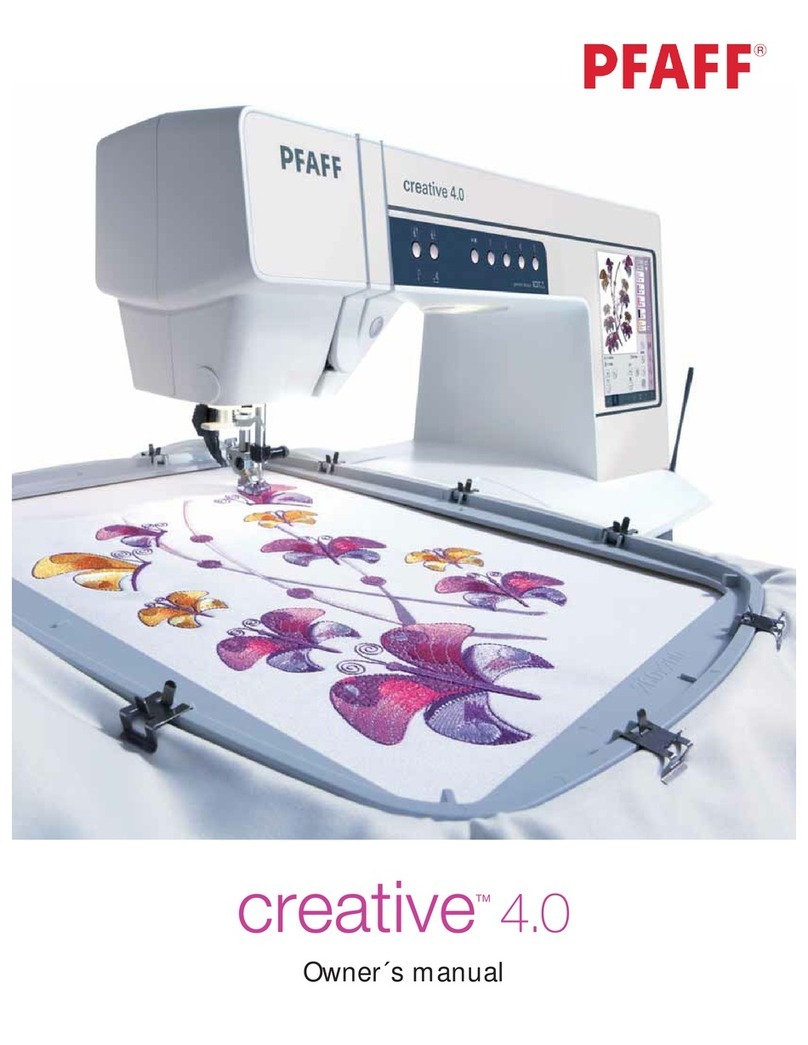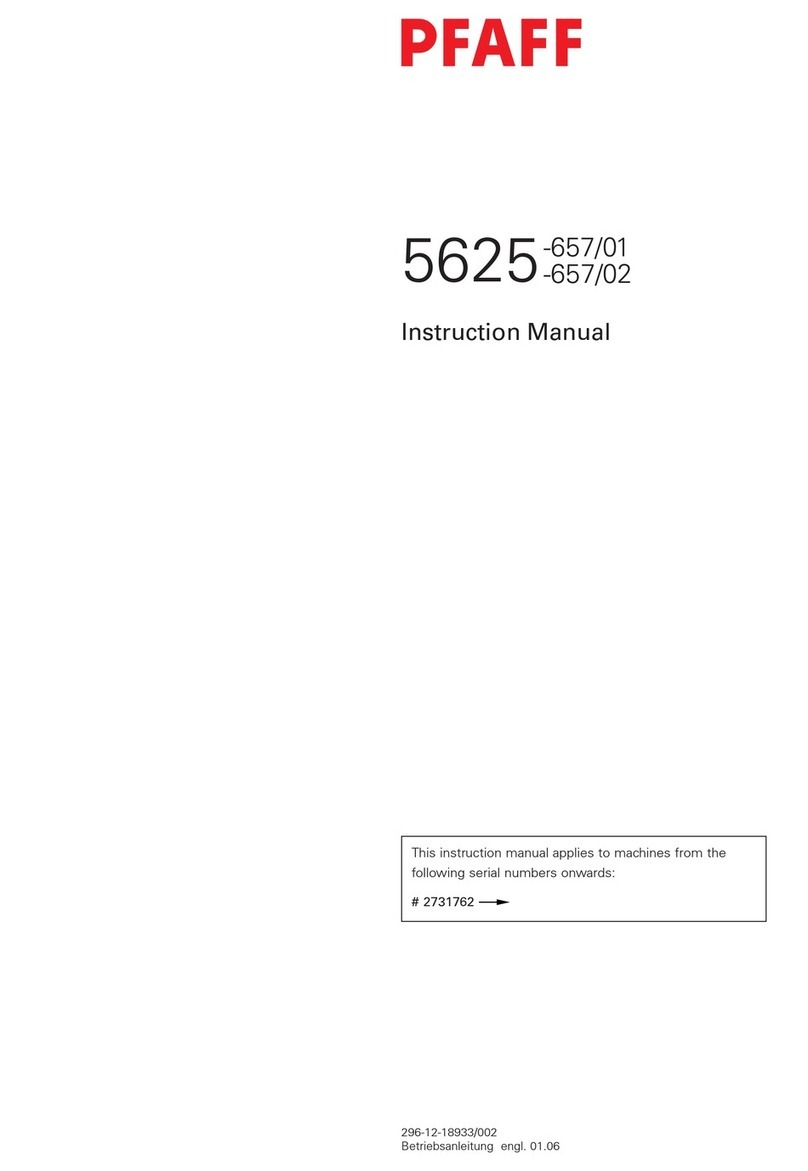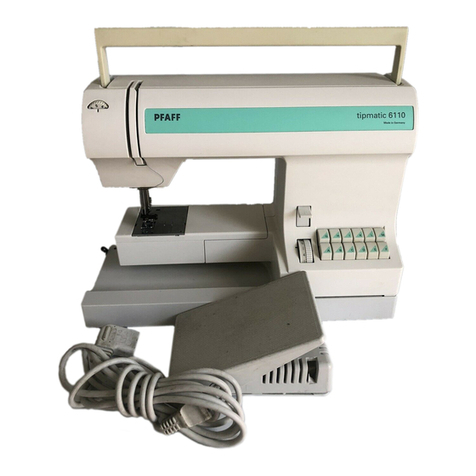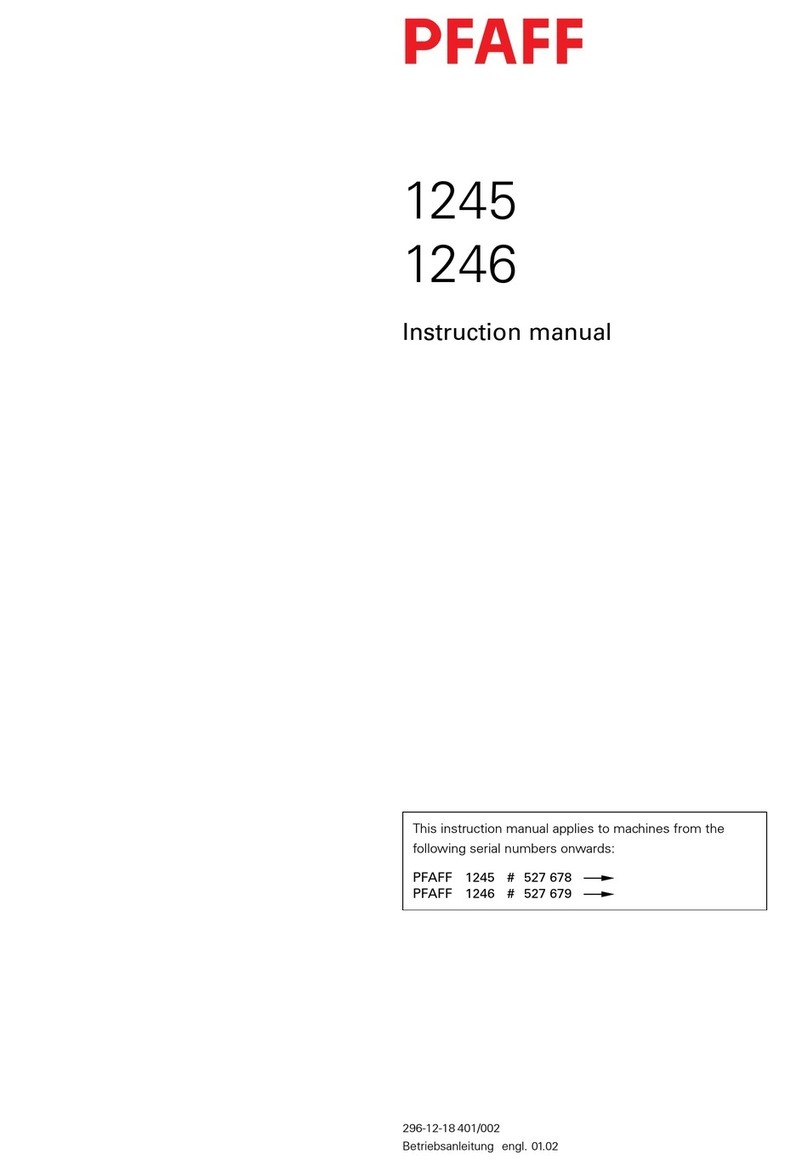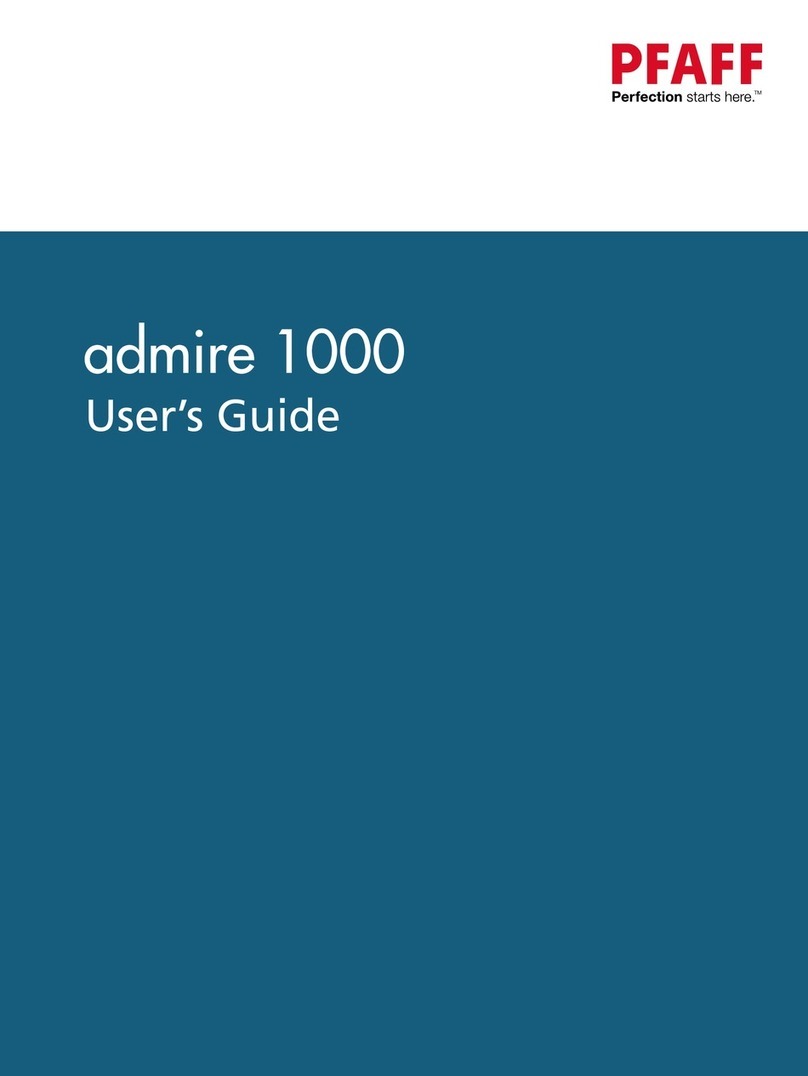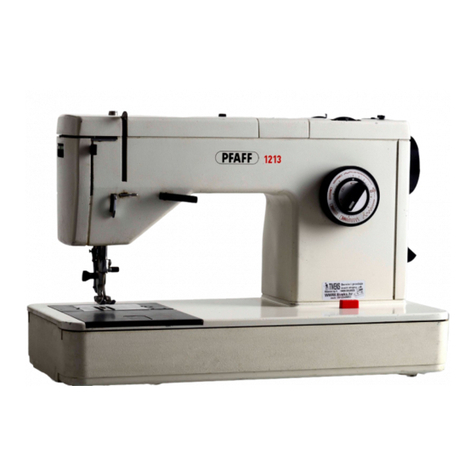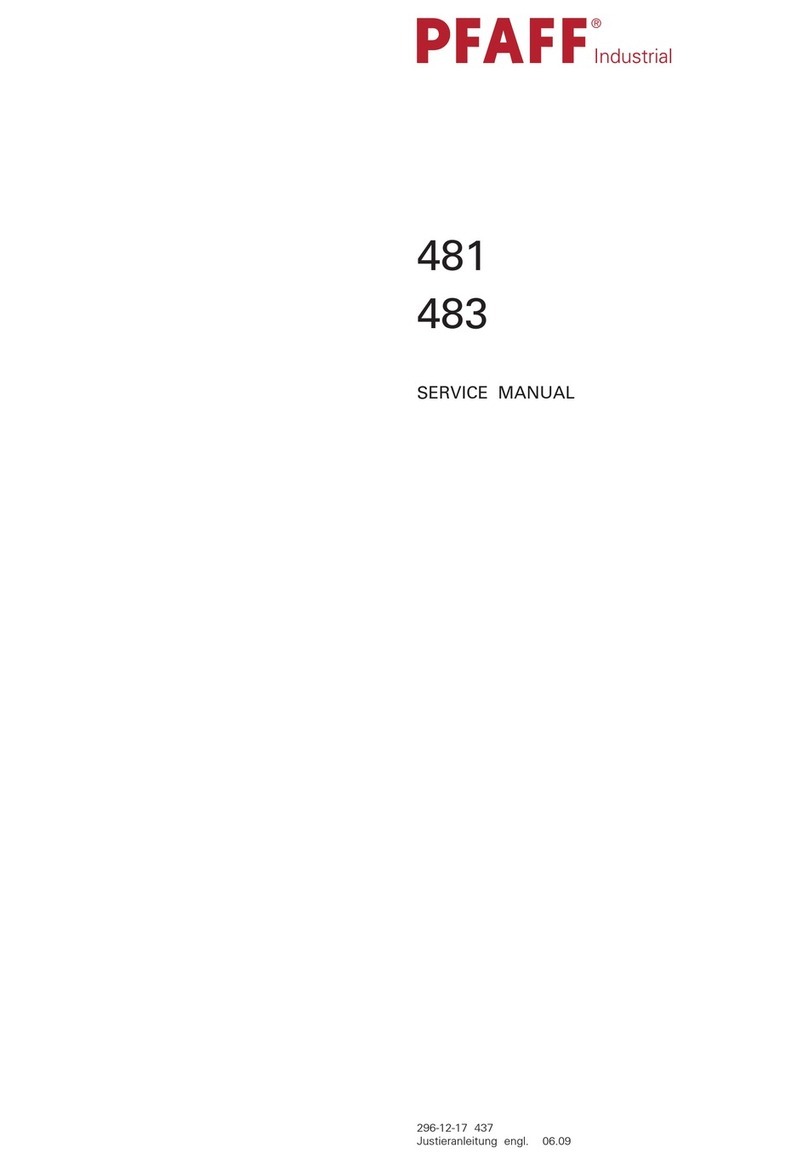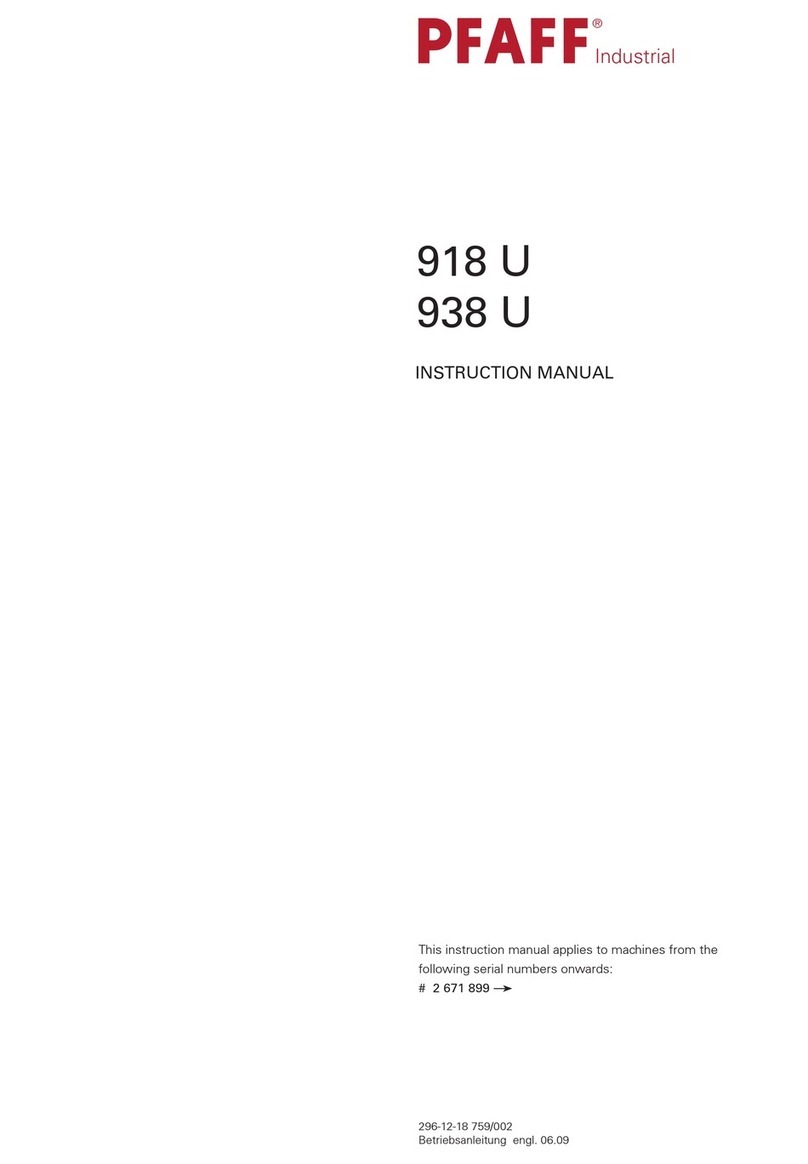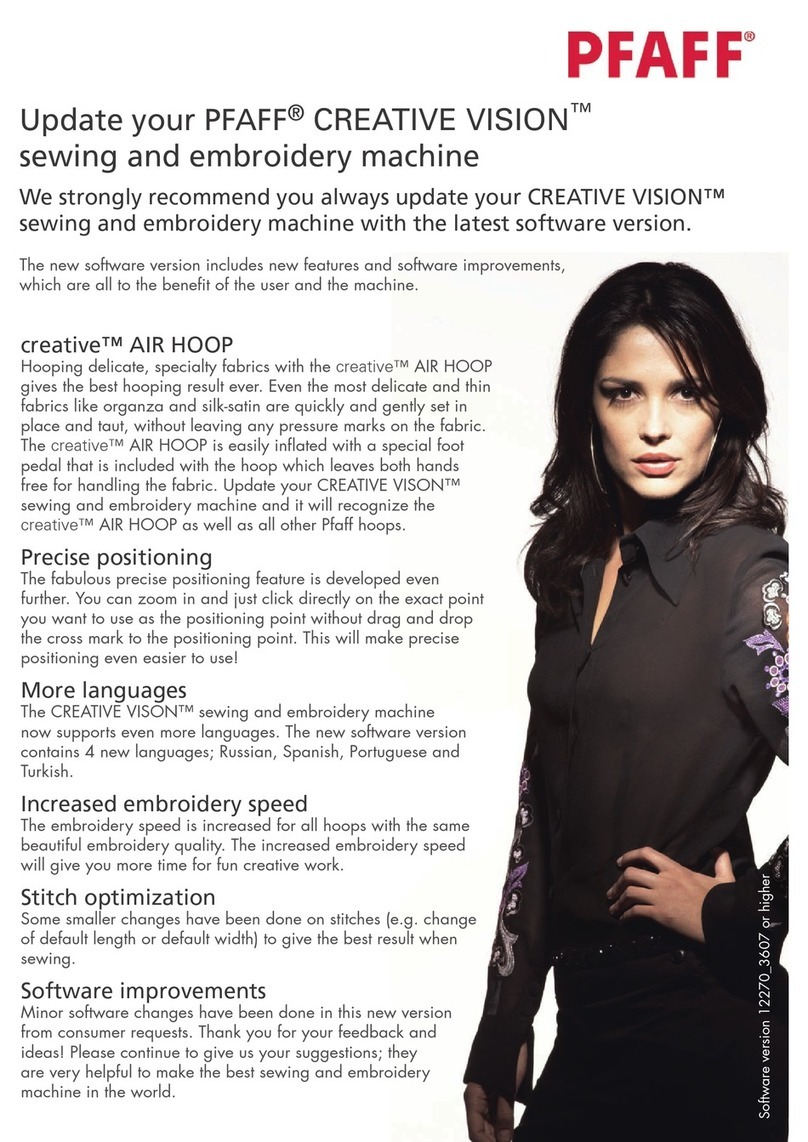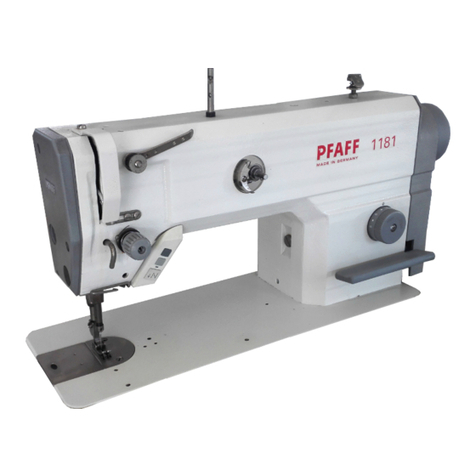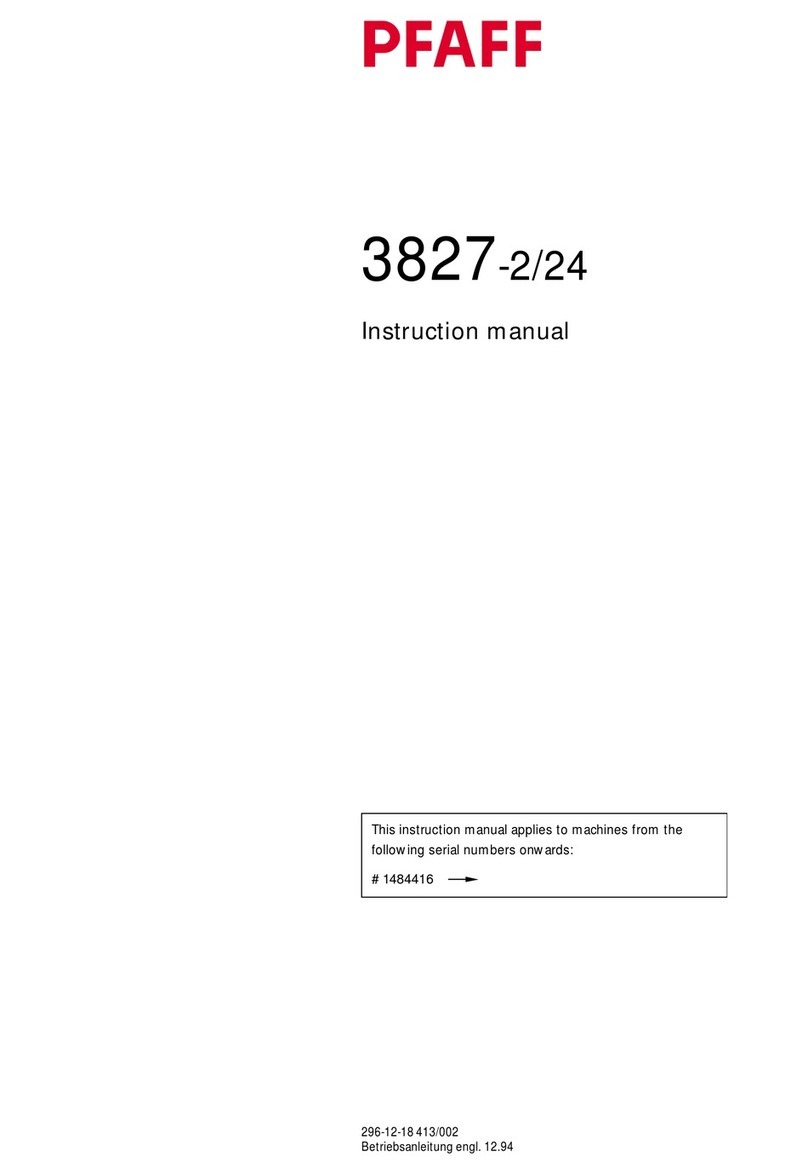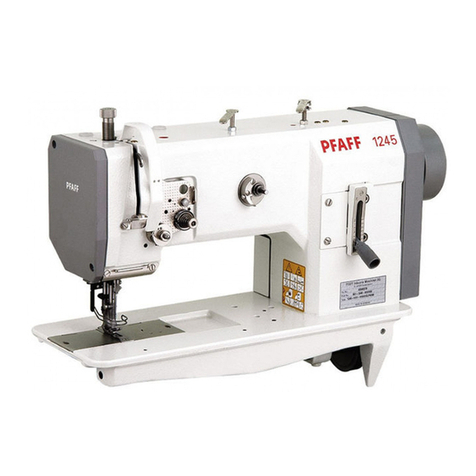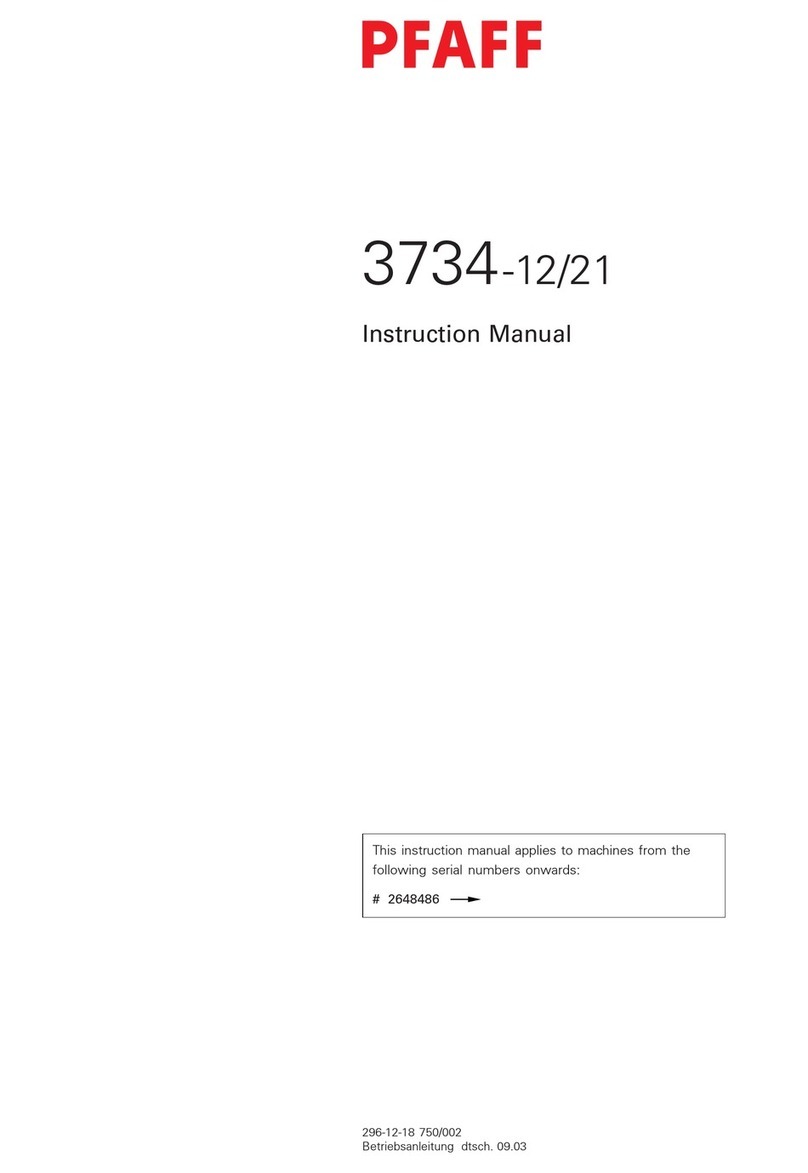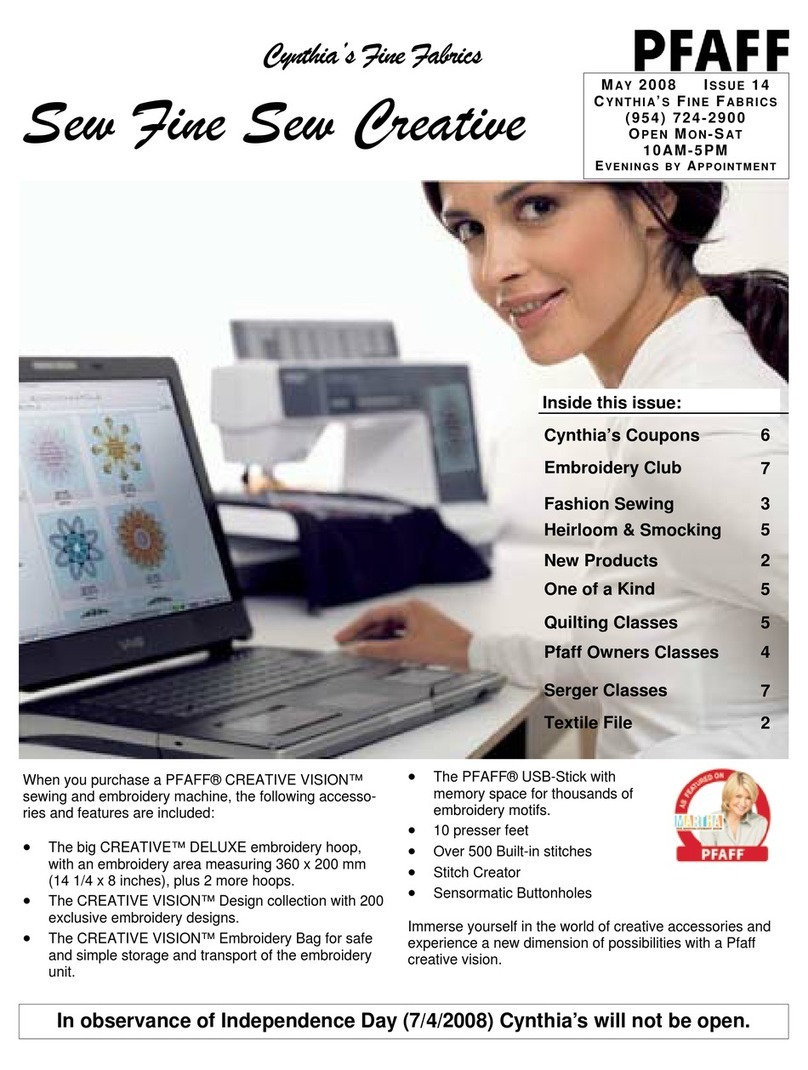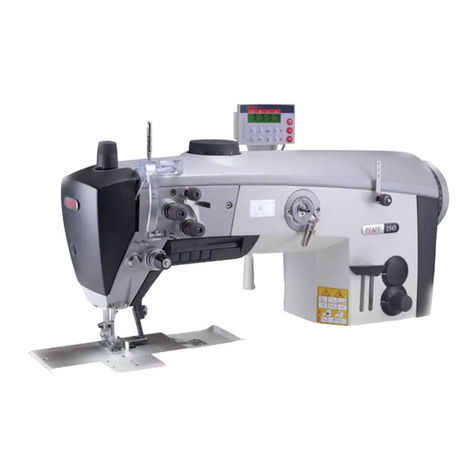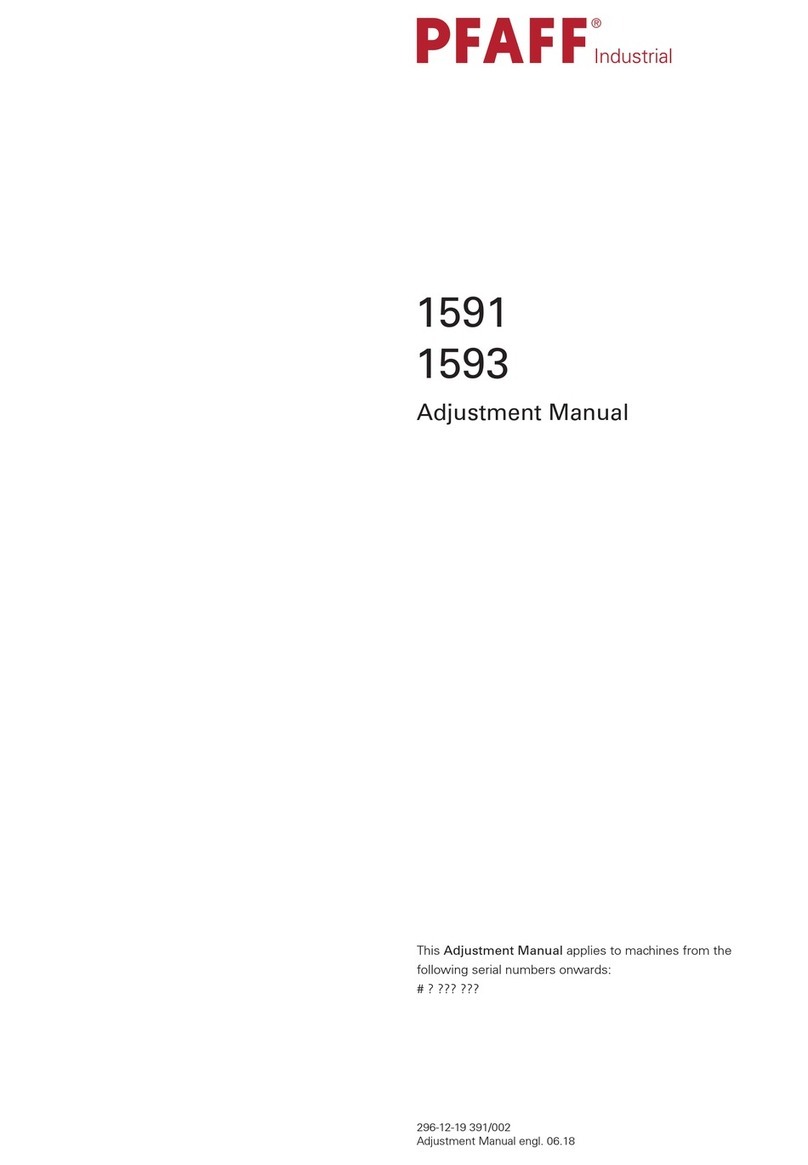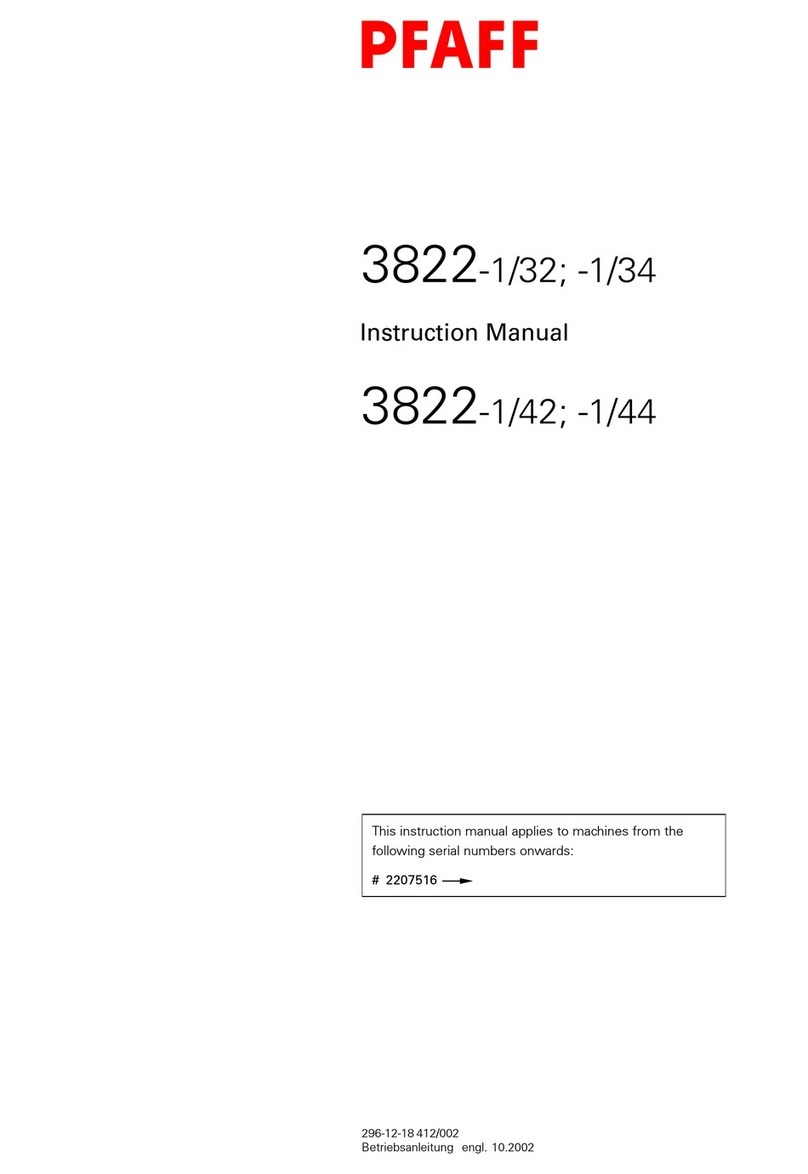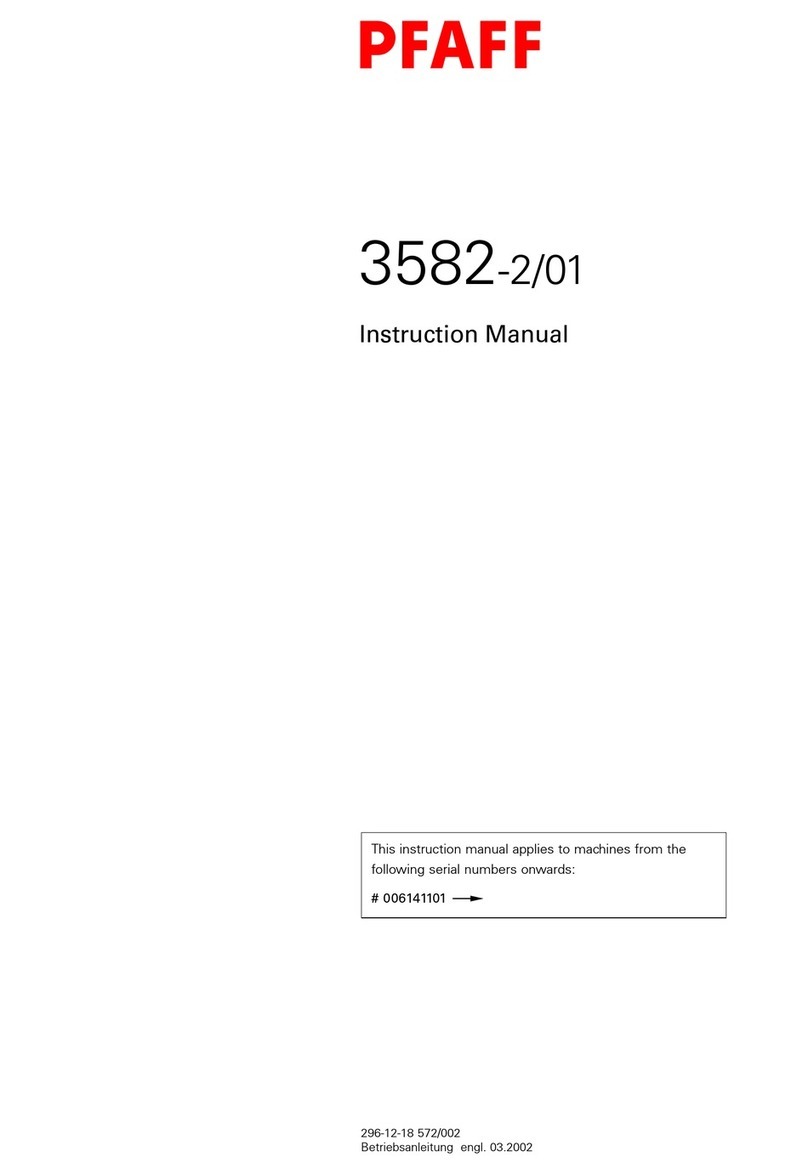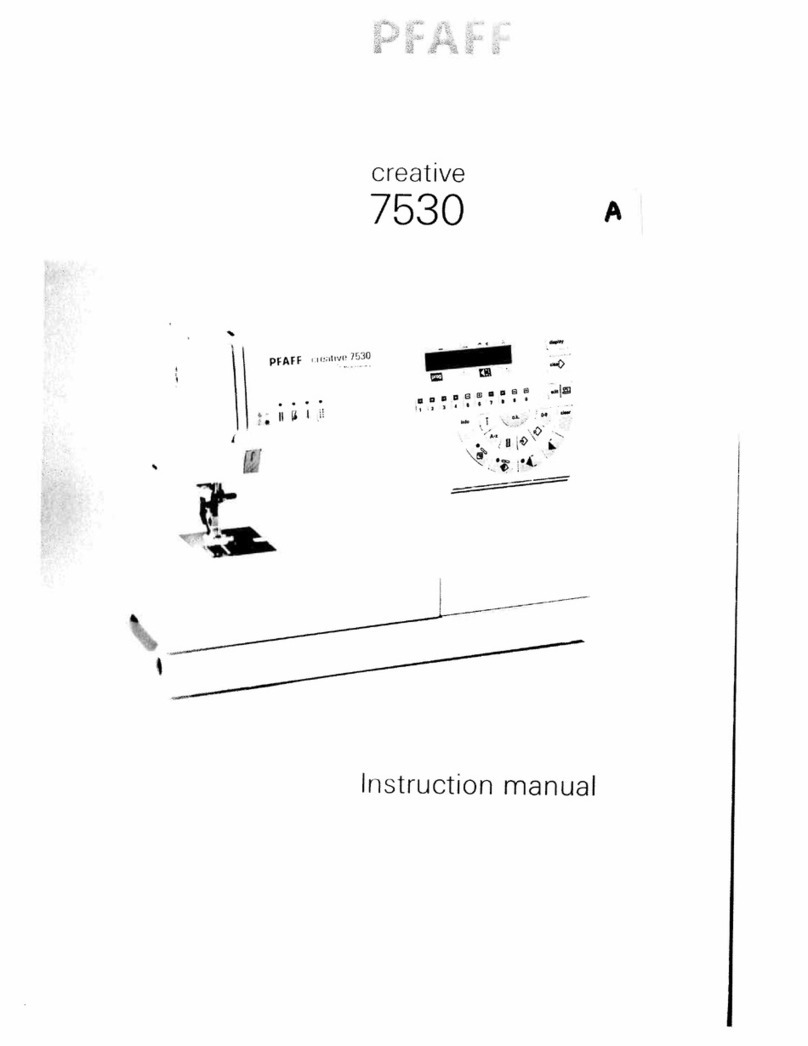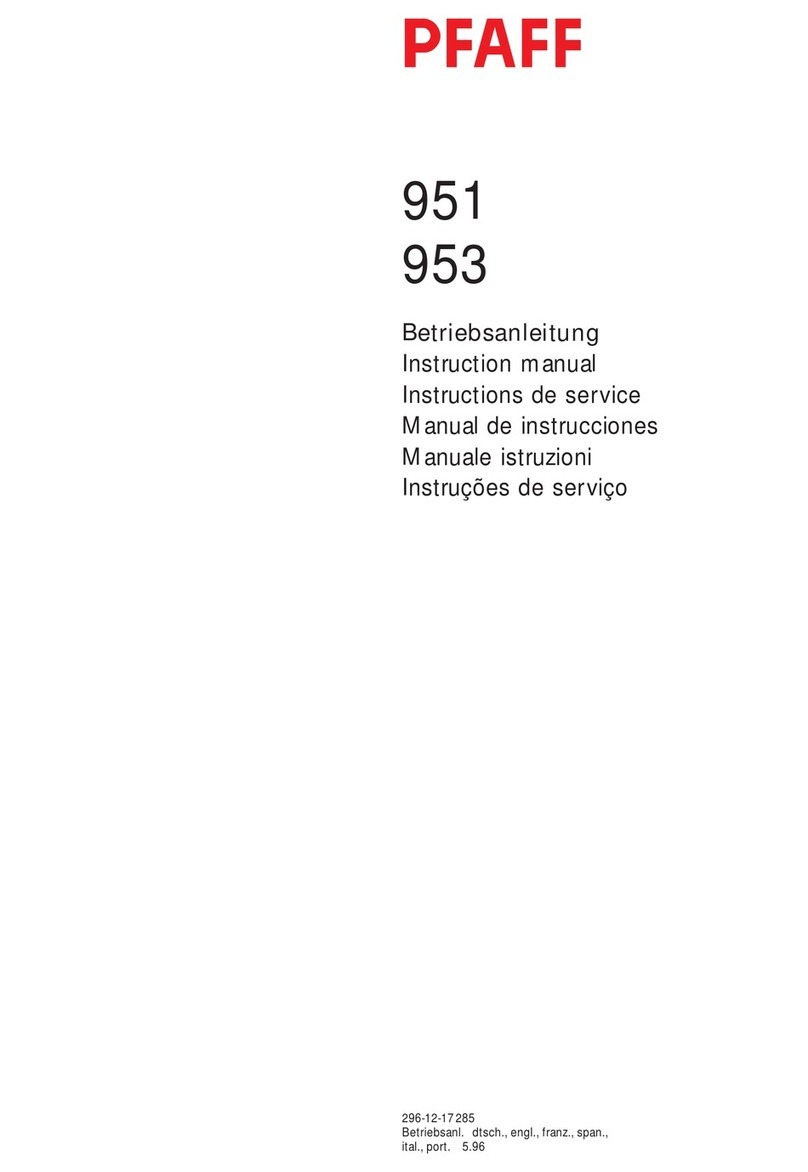
Contents
Contents ..................................................................................Page
9.03.06 Entering the roller pressure ................................................................................................. 38
9.04 Adjusting the control panel .................................................................................................. 39
10 Heat sealing........................................................................................................................ 40
10.01 Heat sealing principle........................................................................................................... 40
10.02 Manual heat sealing............................................................................................................. 41
10.03 Creating/editing a heat sealing program .............................................................................. 43
10.03.01 Notepad ............................................................................................................................... 44
10.03.02 Basic functions for the program input.................................................................................. 45
10.03.03 Sealing parameters .............................................................................................................. 46
10.03.04 Functions for switching to other zones ................................................................................ 47
10.03.05 Entering further sealing parameters .................................................................................... 49
10.03.06 Concluding programming..................................................................................................... 51
10.03.07 Example of how to enter a sealing program........................................................................ 52
10.04 Programmed heat sealing with individual programs............................................................ 57
10.05 Creating/processing sequences........................................................................................... 58
10.06 Programmed heat sealing with sequences.......................................................................... 59
10.07 Error messages.................................................................................................................... 61
10.08 Carriage menu ..................................................................................................................... 62
11 Input .................................................................................................................................... 63
11.01 Summary of the functions in the input mode...................................................................... 63
11.02 Program management .........................................................................................................65
11.03 Further settings.................................................................................................................... 67
11.03.01 Feed roller parameters......................................................................................................... 69
11.03.02 Rights of access .................................................................................................................. 70
11.04 Installation and commissioning ....................................................................................... 72
11.04.01 8390-010 (Hot wedge sealing machine) ............................................................................... 72
11.04.02 8390-020 (Hot air sealing machine).......................................................................................74
11.05 Advanced programming....................................................................................................... 76
11.05.01 Manual datasets (recipes).................................................................................................... 76
11.05.02 Function "POS1 speed" ........................................................................................................ 79
11.05.02 Function "HEATOUTDELAY" .................................................................................................80
12 Care and Maintenance....................................................................................................... 82
12.01 Servicing and maintenance intervals ................................................................................... 82
12.02 Cleaning ............................................................................................................................... 82
12.03 Checking/adjusting the air pressure..................................................................................... 83
12.04 Cleaning the air filter of the air-filter/lubricator ..................................................................... 83
12.05 Grinding the hot wedge (only on the PFAFF 8390-010)........................................................ 84
13 Adjustment ......................................................................................................................... 85
13.01 Notes on adjustment ........................................................................................................... 85
13.02 Tools, gauges and other accessories ................................................................................... 85
13.03 Changing the feed rollers..................................................................................................... 86
13.04 Adjusting the feed rollers..................................................................................................... 87
13.05 Changing the hot wedge (only on the PFAFF 8390-010)) ..................................................... 88
